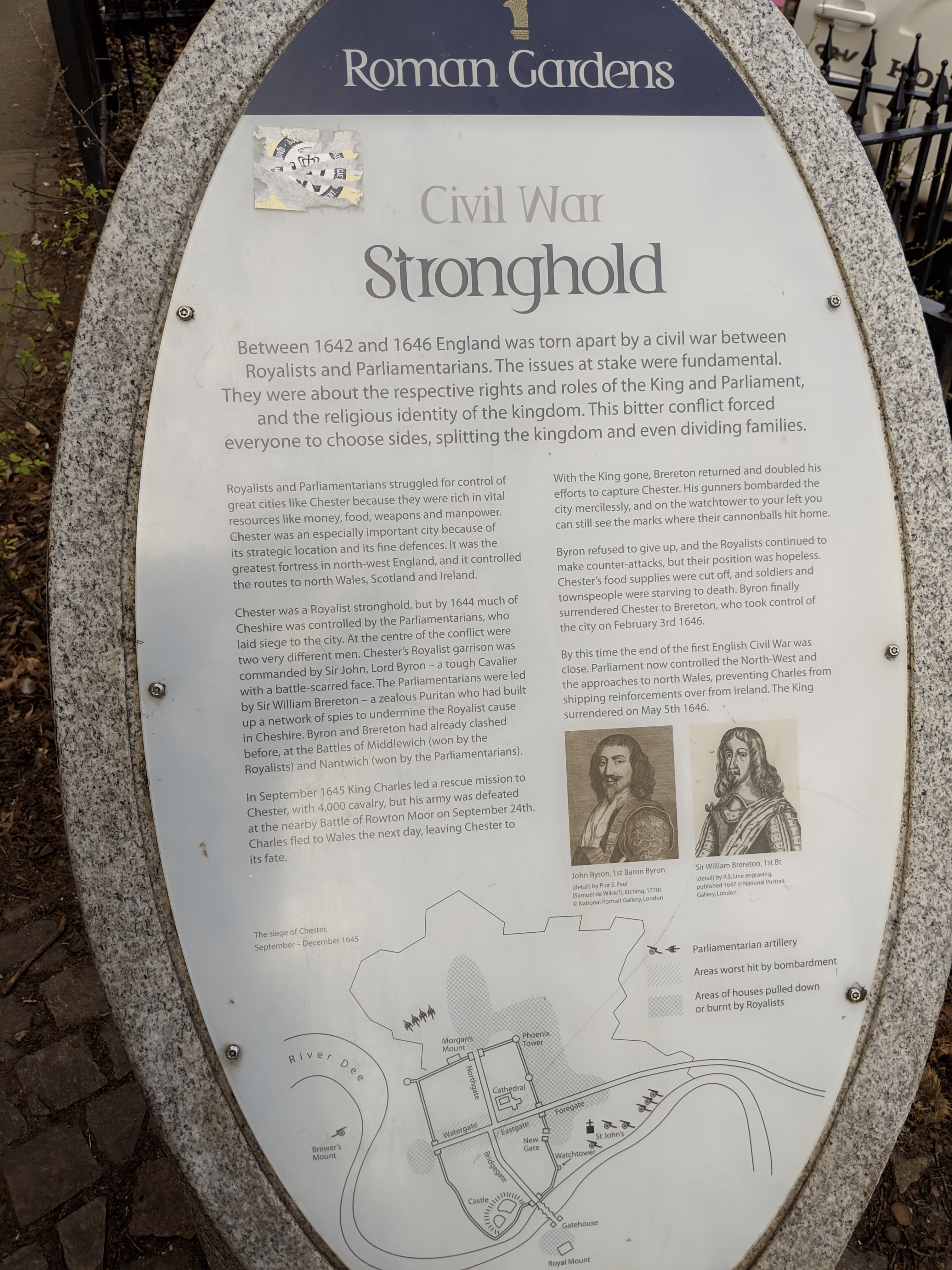I was out with the boys in Llangollen the other day (it's a beautiful town) and I was taking pictures of the informational signs containing some of the history of the area so that I could read it later, and I thought that I would look on the web to see if the information was available for more than just the people walking past the sign - and it's not. I then got thinking about the leaflets, the content in them is nearly impossible to find on the web.
I'm not sure many people care about the text in images and making them available to search engines and users who struggle to read, but it seems like a pretty good win for bringing more content to the web, and also improving access to information for everyone.
Reflecting back on a trip to Google 4 India in 2018, I distinctly remember that Google had identified that many publishers of magazines and news papers in India are offline-only, that is, they don't have a web presence so they created a tool called Navlekhā which enables them to bring the PDF's of their content to the web easily via Text Detection and a number of things. It's not a million miles from what I want to do...
I went back and tried to use my extract text from images tool that I wrote the other month to see how it works on images that I have of information signs, and it works pretty well (for an hour project). Check it out.
I'm half tempted to start up a small site that is just a collection of photos of signs and puts the text in form that is accessible and index-able.

Roman Gardens
Civil War Stronghold
Between 1642 and 1646 England was torn apart by a civil war between Royalists and Parliamentarians. The issues at stake were fundamental. They were about the respective rights and roles of the King and Parliament, and the religious identity of the kingdom. This bitter conflict forced everyone to choose sides, splitting the kingdom and even dividing families
Royalists and Parliamentarians struggled for control of great cities like Chester because they were rich in vital resources like money, food, weapons and manpower. Chester was an especially important city because of its strategic location and its fine defences. It was the greatest fortress in north-west England, and it controlled the routes to north Wales, Scotland and Ireland.
With the King gone, Brereton returned and doubled his efforts to capture Chester. His gunners bombarded the city mercilessly, and on the watchtower to your left you can still see the marks where their cannonballs hit home.
Byron refused to give up, and the Royalists continued to make counter-attacks, but their position was hopeless. Chester's food supplies were cut off, and soldiers and townspeople were starving to death. Byron finally surrendered Chester to Brereton, who took control of the city on February 3rd 1646.
Chester was a Royalist stronghold, but by 1644 much of Cheshire was controlled by the Parliamentarians, who laid siege to the city. At the centre of the conflict were two very different men. Chester's Royalist garrison was commanded by Sir John, Lord Byron - a tough Cavalier with a battle-scarred face. The Parliamentarians were led by Sir William Brereton - a zealous Puritan who had built up a network of spies to undermine the Royalist cause in Cheshire. Byron and Brereton had already clashed before, at the Battles of Middlewich (won by the Royalists) and Nantwich (won by the Parliamentarians).
By this time the end of the first English Civil War was close. Parliament now controlled the North-West andd the approaches to north Wales, preventing Charles from shipping reinforcements over from Ireland. The Kinng surrendered on May 5th 1646.
In September 1645 King Charles led a rescue mission to Chester, with 4,000 cavalry, but his army was defeated at the nearby Battle of Rowton Moor on September 24th. Charles fled to Wales the next day, leaving Chester to its fate.
Saliety, London
The siege of Chester, September- December 1645
I lead the Chrome Developer Relations team at Google.
We want people to have the best experience possible on the web without having to install a native app or produce content in a walled garden.
Our team tries to make it easier for developers to build on the web by supporting every Chrome release, creating great content to support developers on web.dev, contributing to MDN, helping to improve browser compatibility, and some of the best developer tools like Lighthouse, Workbox, Squoosh to name just a few.
I love to learn about what you are building, and how I can help with Chrome or Web development in general, so if you want to chat with me directly, please feel free to book a consultation.
I'm trialing a newsletter, you can subscribe below (thank you!)




